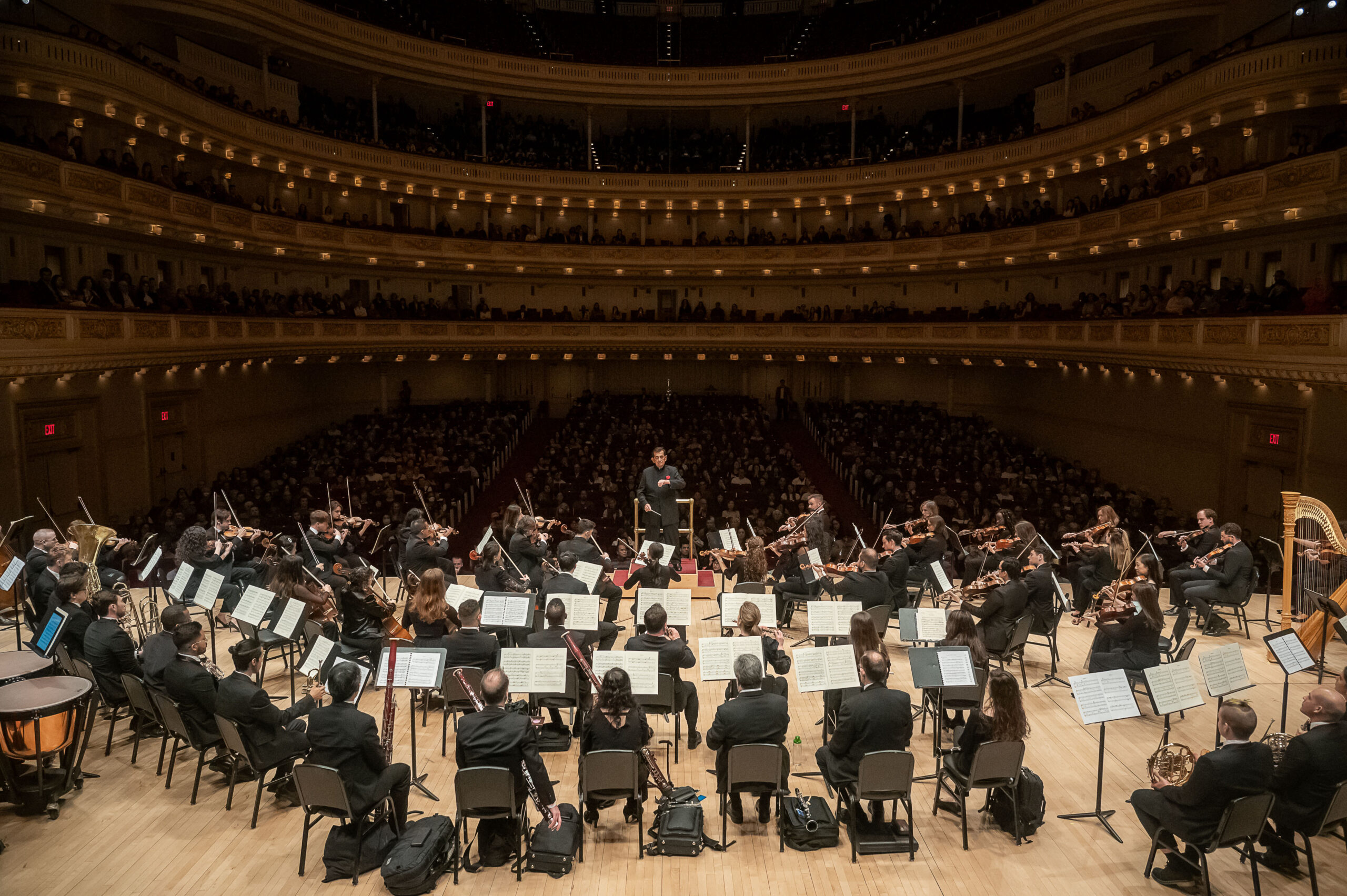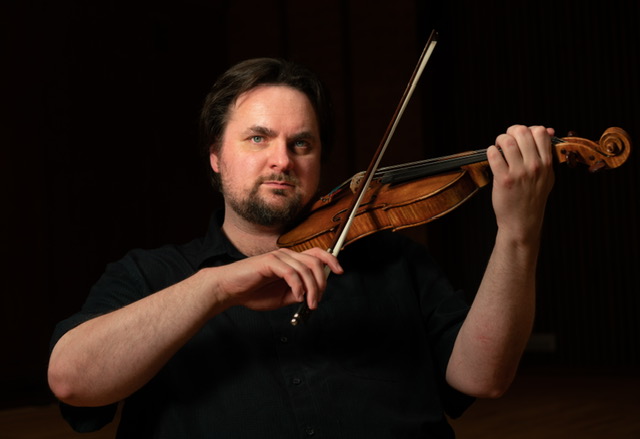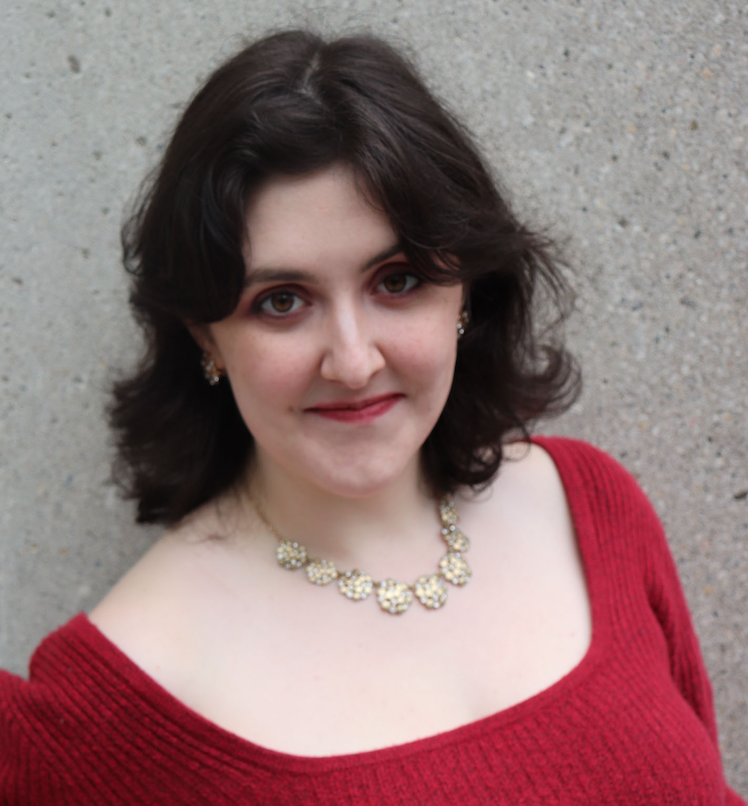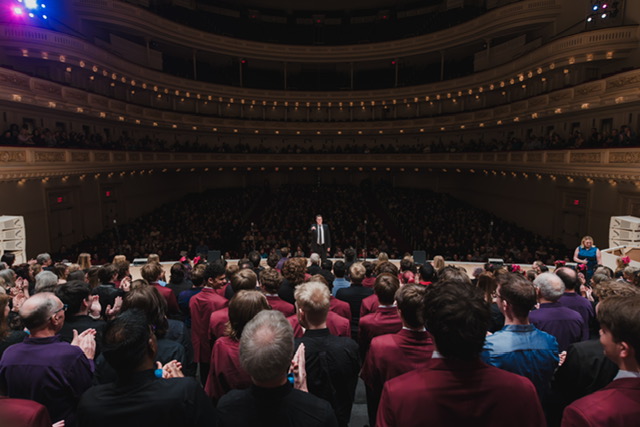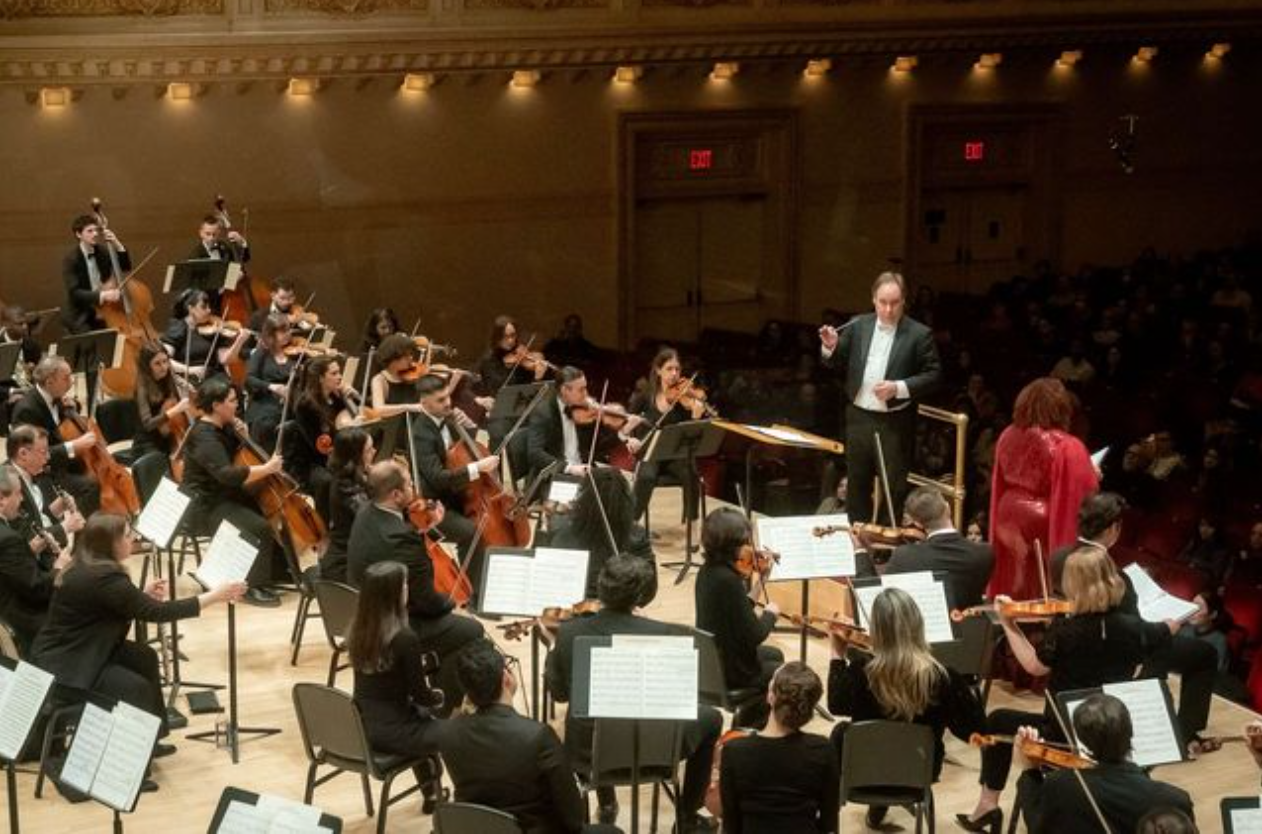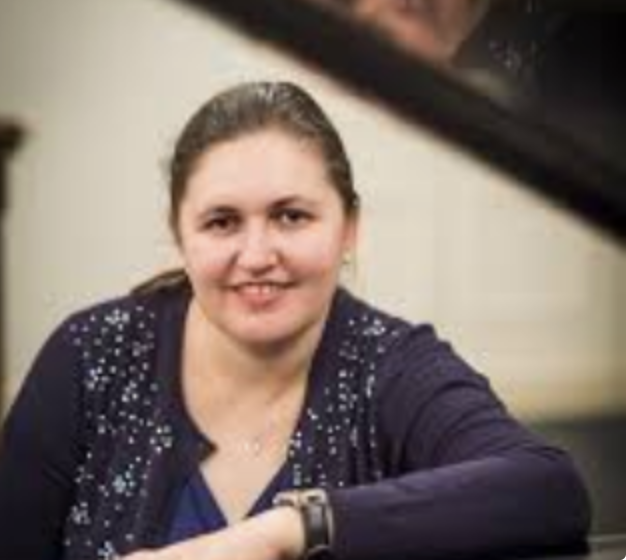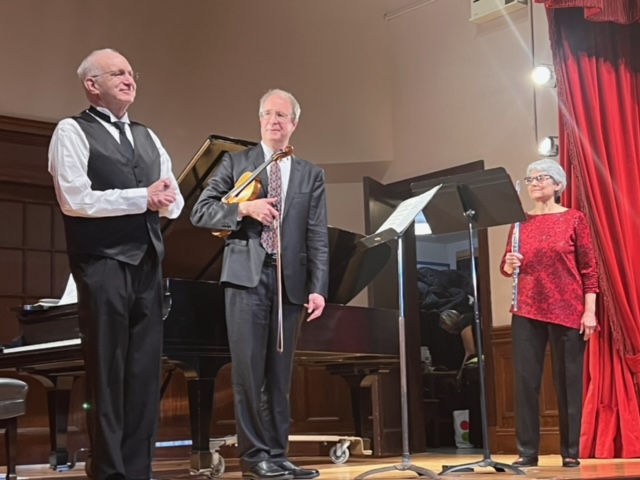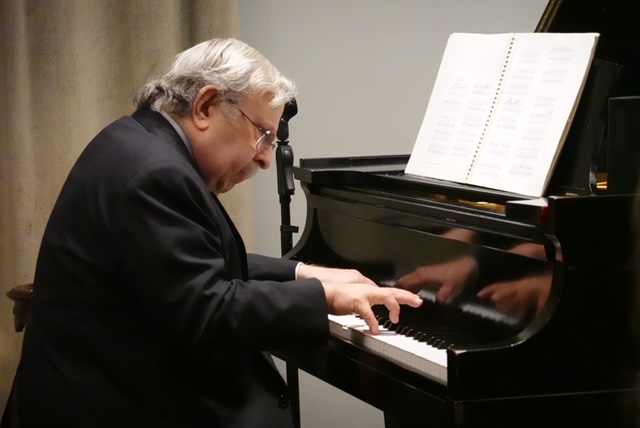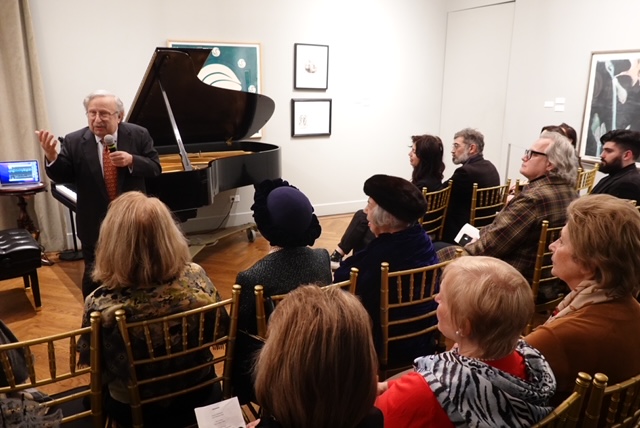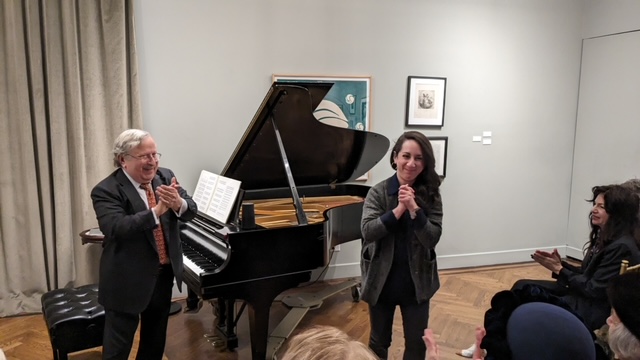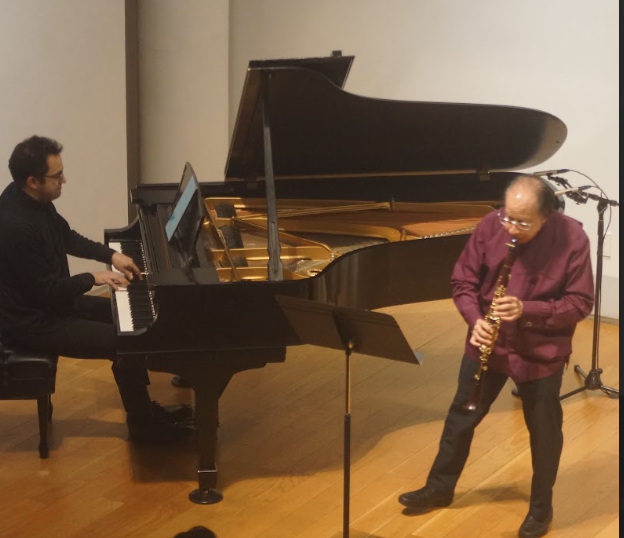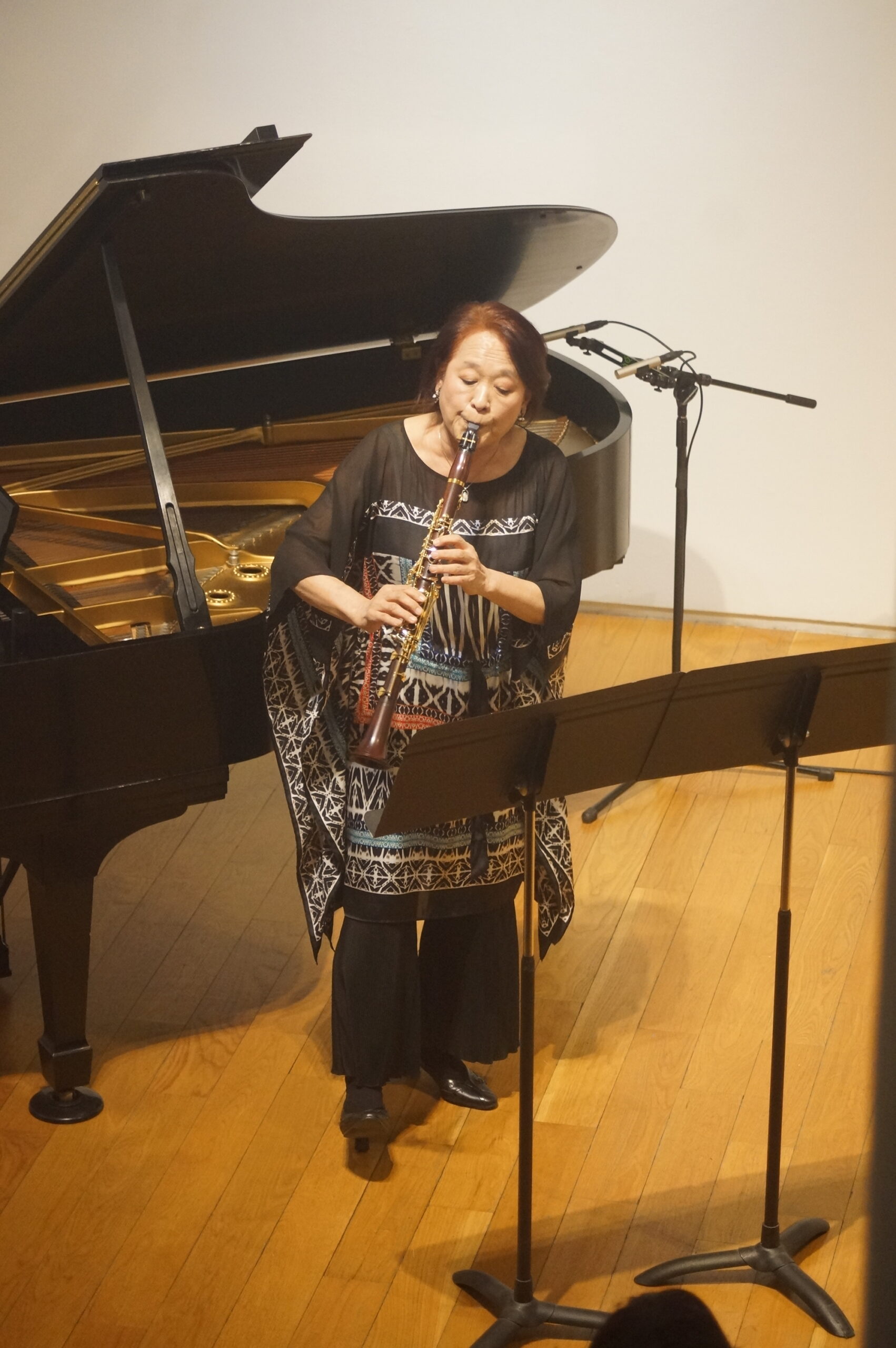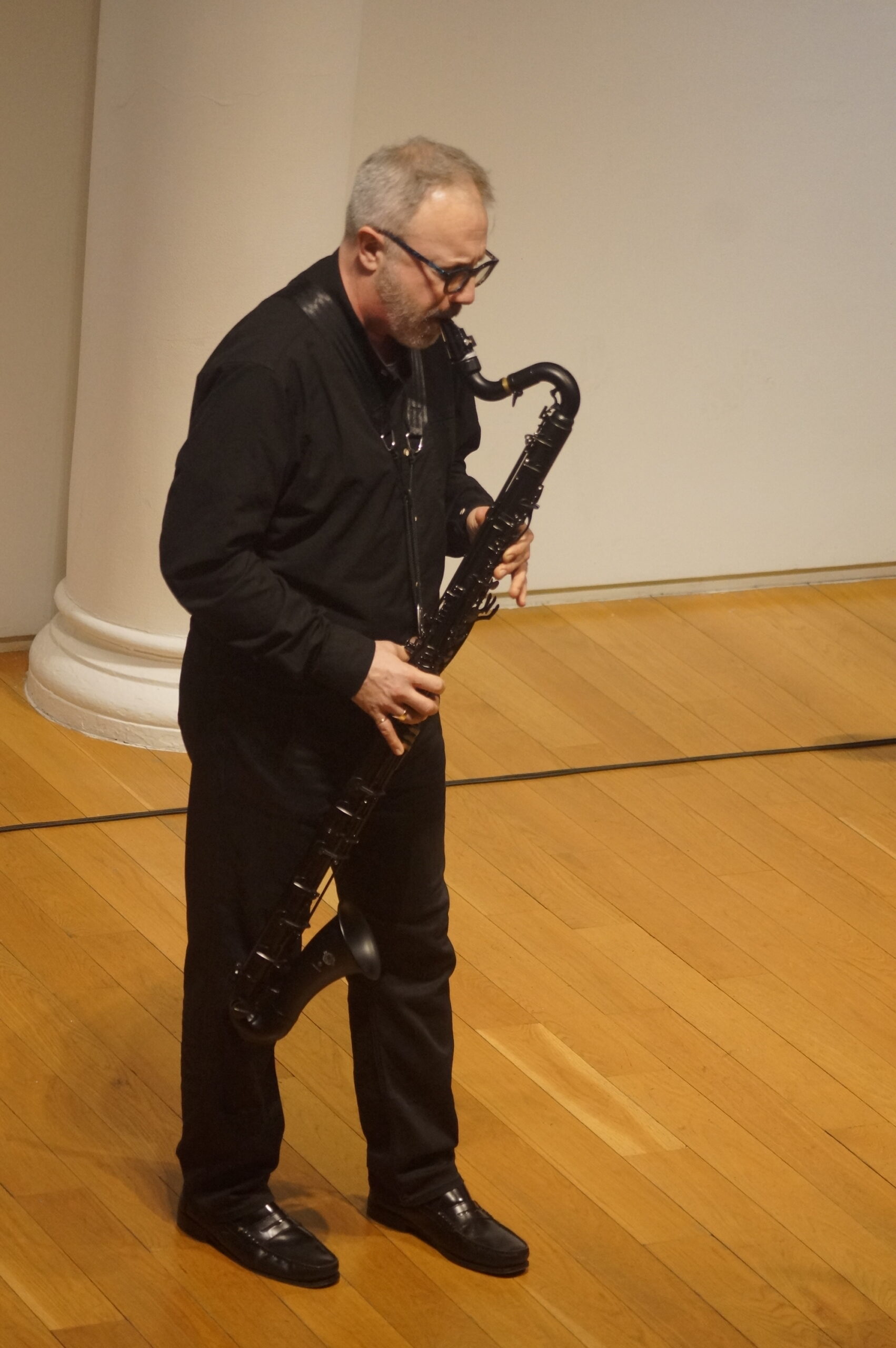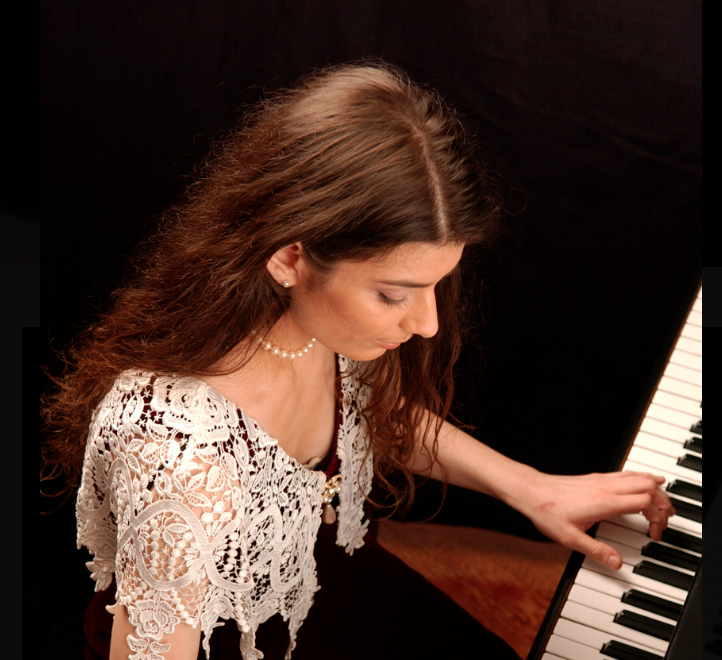New England Symphonic Ensemble, Peter Tiboris, Conductor
Karl Chang, Conductor
Stern Auditorium/Perelman Stage at Carnegie Hall, New York
Sunday, March 31, 2024, 2:00 PM
Mid-America Productions presented a surprisingly weighty program for an Easter Sunday this weekend, including Verdi’s Overture to La Forza Del Destino and Tchaikovsky’s Symphony No. 4 (1877), both performed by the New England Symphonic Ensemble under conductor Peter Tiboris (who is also Founder and General Music Director for MidAmerica). Both works were completed within a decade of each other (Verdi’s St Petersburg premiere in 1862 having led to a complete revision before an 1869 performance at La Scala), and both are works of struggle and torment, centering on themes of fate. (It seems these themes may feel timely to presenters, as the Metropolitan Opera just recently presented La Forza Del Destino for the first time in 17 years – complete with modern touches and thinly veiled political references). From a glance at the MidAmerica website, it appeared as if these works would be followed by children’s choruses singing such songs as Over the Rainbow and Circle of Life – and this reviewer had wondered how exactly that would play out (like little Easter baskets on a battlefield), but fortunately the order turned out to be the reverse, with the children opening.
Around 150 cherubic youngsters filed onstage to start, and the optimism and excitement were palpable, both from them and from relatives and friends one could see snapping photos from the audience. The combined choruses included the Crystal Children’s Choir (Cupertino, CA, Chiafen Lin, Director), Crystal Children’s Choir (Taiwan, Hua-Lin Chung, Director), and the National University of Tainan Affiliated Primary School (NUTNPS) Children’s Choir (Tainan City, Shu-Nu Sun, Director). They were led through most of the songs by the very adept Karl Chang, with excellent piano support from Claire Chiu.
First came John Rutter’s All Things Bright and Beautiful (based on a hymn of Cecil Francis Alexander, 1848), and it exuded such sweetness that it was hard to hold back tears. Any efforts to hold them back were foiled completely by the next piece, Elaine Hagenberg’s O Love, inspired by the words of Scottish minister George Matheson (1882), who had endured blindness and abandonment by his fiancée and was writing to summon hope on the eve of his sister’s wedding. Elaine Hagenberg is a new name to this reviewer, but here she showed she can choose and set a text in a way that pulls at one’s heartstrings. The young choristers were beautifully prepared, and the gentle sound of cellist Sofiia Yatsyshyna (Carnegie Scholars Program Musician) added color in an unobtrusive way.
A very young chorister stepped forward to introduce the next song, Gratitude, by Faye Wong (arr. Man Tou), and to offer thanks to all the parents and community for the unwavering support that made this event possible. One could only think that something very special and worth emulating has been done here, integrating music into these children’s lives, and the chorus’s committed performance bore that out. Promising young trumpeter Abner Marquez (Carnegie Scholars Program Musician) contributed his fine playing.
Next came Over the Rainbow (E. Y. Harburg, Harold Arlen), in the updated version of Andy Beck and enhanced by accomplished percussionist Zoey Cobb. Conductor Chiafen Lin introduced the song (without a microphone, unfortunately, so whatever she said went unheard), and the children sang it with great involvement. For the group’s finale, conductor Karl Chang returned to lead the choirs in Circle of Life (billed on the program as Tim Rice, Hans Zimmer, Elton John, Lebo M., arr. Audrey Snyder). As usual, this song was a hit, enhanced here by trumpet, drum, maracas, and also some waving and coordinated movements from the singers. The very young girl who sang the solo opening displayed great spirit and a remarkably strong and sure voice for one so young.
A brief intermission was used to set up for the New England Symphonic Ensemble (Preston Hawes, Artistic Director), for the upcoming heft of the program. Maestro Peter Tiboris stepped to the podium with confidence and led the orchestra with gusto in the Verdi Overture to La Forza Del Destino. From the first blasts of brass through the driving undercurrents in the strings, one felt cohesion in the work and unanimity among the musicians. Only occasionally did one want more crispness in the lower strings, but overall the musicians achieved polish and balance. There was particularly impressive playing by a solo oboist, though sadly one cannot credit the unnamed player.
It was a stroke of genius to precede Tchaikovsky’s Fourth Symphony with this Verdi Overture, as the latter projects the tragedy of destiny in rather succinct high drama, whereas the Tchaikovsky Symphony offers a much more extended (i.e., around forty-minute) expansion on such a fateful journey. In composing the Fourth Symphony, Tchaikovsky wrote that “One’s whole life is just a perpetual traffic between the grimness of reality and one’s fleeting dreams of happiness.” Transferred to music, this symphony grapples with this “traffic” so much that it can be a bit unwieldy to hold together; nonetheless, Maestro Tiboris was undaunted and led the orchestra admirably. The first movement is what is in greatest danger of feeling bloated thanks to its rather episodic departures from tighter, more traditional musical architecture, but a vigorous approach can help it cohere. Maestro Tiboris took a bracing tempo, which certainly helped (though this reviewer admits to preferring it even just a shade faster), and he maintained what seemed to be a clear overview and command of its intricacies – not an easy task.
The poignant second movement unfolded with seemingly effortless lyrical grace – and again the unnamed first oboist won our admiration. The Scherzo movement had a good lightness in its precise pizzicato flights, and the finale, much more driving, reached an impressive, frenzied peak. Whether this finale was intended by Tchaikovsky to represent triumph or simply a final statement on human valiance, the movement calls for a frenzy of brass and percussion, requiring immense unified energies to make a successful performance. Maestro Tiboris and the New England Symphonic Ensemble gave it a riveting ride, dazzling with their superb split-second timing. The audience was beyond exhilarated, roaring its approval.
Congratulations go to MidAmerica – and all involved – for an outstanding continuation of their 40th-year festivities. This was their 692nd concert in Carnegie Hall (among close to 1,500 concerts they’ve presented worldwide), and there is much more to come.

